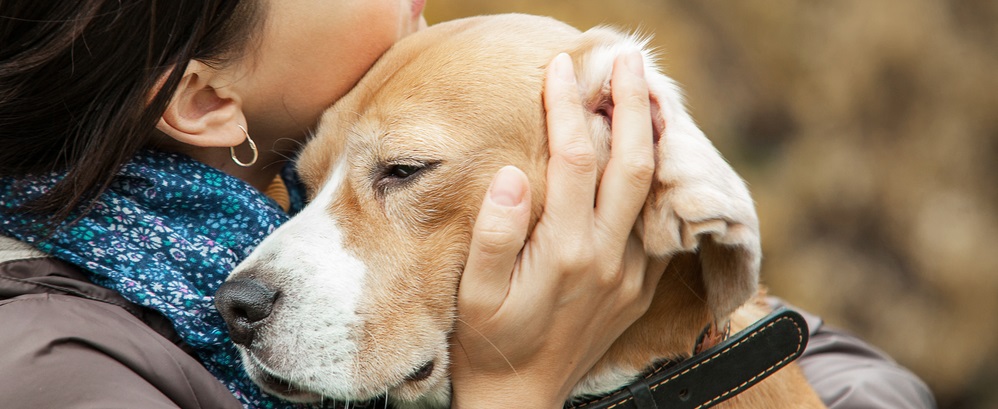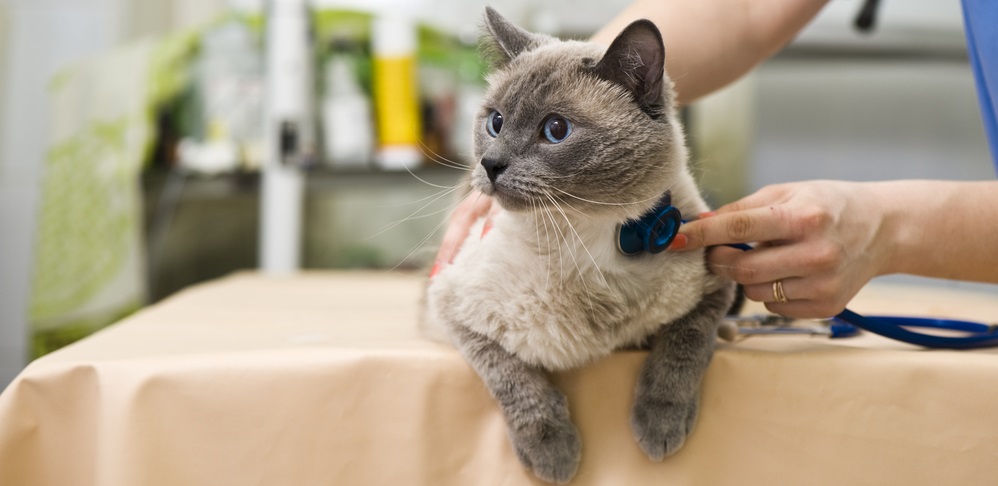Undergoing an operation can be scary, both for the patient and those who care for them. This is no different when it’s your furry friend, especially if you’re responsible for their post-op wound care. The first thing to remember is that every surgery is unique. The best thing you can do is be vigilant.
What are some steps to prepare?
#1 Know When to Defer to the Experts
Always follow your veterinarian’s instructions carefully.
When you pick your pet up post-surgery, ask for a written list of detailed care instructions. If they hand you a ready-made print-out, have them walk you through each step so you can pose follow-up questions.
It’s better to burden your doctor a little than gamble on the safety of your pet.
#2 Set Up the Home for Their Arrival
Before picking your pet up from the clinic or hospital, prepare your home with the essentials they’ll need to be comfortable as soon as they walk (or you carry them) through the door.
A Small, Quiet Space
In the days following an operation, prevent your pet from moving around too much.
For one, they’ll be wobbly and perhaps disoriented from any anesthetics or pain killers. You want to limit their chances of tripping or falling and causing more damage. Too much activity can prevent the affected tissues from bonding properly, which could lead to delayed healing and infections.
There are a few suitable options to keep your animal contained:
- A crate – Unfortunately, this might be your only option. If your pet is especially rambunctious and energetic, they won’t be able to resist when they have free reign of the house. Put the crate in a frequently used room to prevent loneliness.
- A small room – If you have a small den or unused office space, you can equip it with a comfy bed and litter box, if necessary. You can also move your pet from their crate into a quiet room after a few days, once recovery is in full swing.
#3 Adjust Their Regular Activities
For the weeks following your animal’s surgery, you’ll need to make changes to your routine and their behavior to eliminate the risk of re-injury or infection.
Limiting Time Outside
This likely will not go over well with your furry friend, especially if they love playing outdoors and taking long walks, but they should only be allowed outside to eliminate waste. Do not let them roam freely. Instead, keep them on a short leash and observe them closely.
They may have to urinate more often post-surgery. Pay careful attention to possible signs from them, and don’t keep them waiting—it might be inconvenient for you, but it’s uncomfortable and potentially dangerous for them.
Further down the line, put a bandage over their wound when they’re going outside. You should continue to watch them carefully, but after a few days, you can let them off their leash in contained outdoor spaces such as your backyard.
Restricting Movement
You should continue to limit your pet’s mobility within the house even after you’ve progressed beyond keeping them in a crate or other small space.
Block off a small area of your home by installing baby gates in the doorways. If you can, select an area that you regularly frequent, such as the living room and kitchen, so you can easily keep an eye on them. Avoid including stairs within their enclosure; they are more likely to fall going up or down the stairs, and the increased motion can be harmful to their recovery.
You’ll need to keep very energetic pets in a smaller enclosure or a crate for longer.
#4 Monitor the Wound Healing
Check the surgical site regularly to ensure it’s progressing correctly through the stages of healing.
Wound Maintenance
In addition to the antibiotics or painkillers prescribed by the veterinarian, use topical liquids and gels to aid in their wound recovery:
- Cleansing spray – Clean any unwanted debris and bacteria from the site using a wound and skin care liquid. This will decrease the risk of infection and initiate the healing process.
- Antibacterial treatment – Apply a non-toxic antimicrobial hydrogel to the wound site to provide a cooling, comforting sensation and the moisture needed for a speedy recovery.
These products are safe for your pet to ingest, but if you find your animal is biting at the stitches or excessively licking the surgical site, you should outfit them with an E-collar (known less favorably as the “cone of shame”) to protect the wound.
Signs of Infection
It can be hard to tell whether something is infected or merely recovering from the trauma of surgery, but here are a few common signs of infection that warrant a trip to the vet:
- Oozing pus
- Extreme swelling or redness
- Foul odor
- Hard to the touch
- Large gaps between sutures, which may be bleeding or oozing
Always Proceed With Caution and Care
In most cases, your pet’s post-op recovery will be simple and straightforward. But if you become worried at any point, it’s always best to err on the side of caution.
Ask yourself, would you see a doctor if your wound looked like that?
Apply the same standards to your pet, and you and your furry friend should be just fine.
Sources:
- PetMD. How to Care for Your Pet After Surgery. https://aescparker.com/how-to-care-for-a-pet-after-surgery/
- Animal Emergency & Specialty Center. How to Care for a Pet After Surgery. https://www.petmd.com/dog/care/how-care-your-pet-after-surgery

